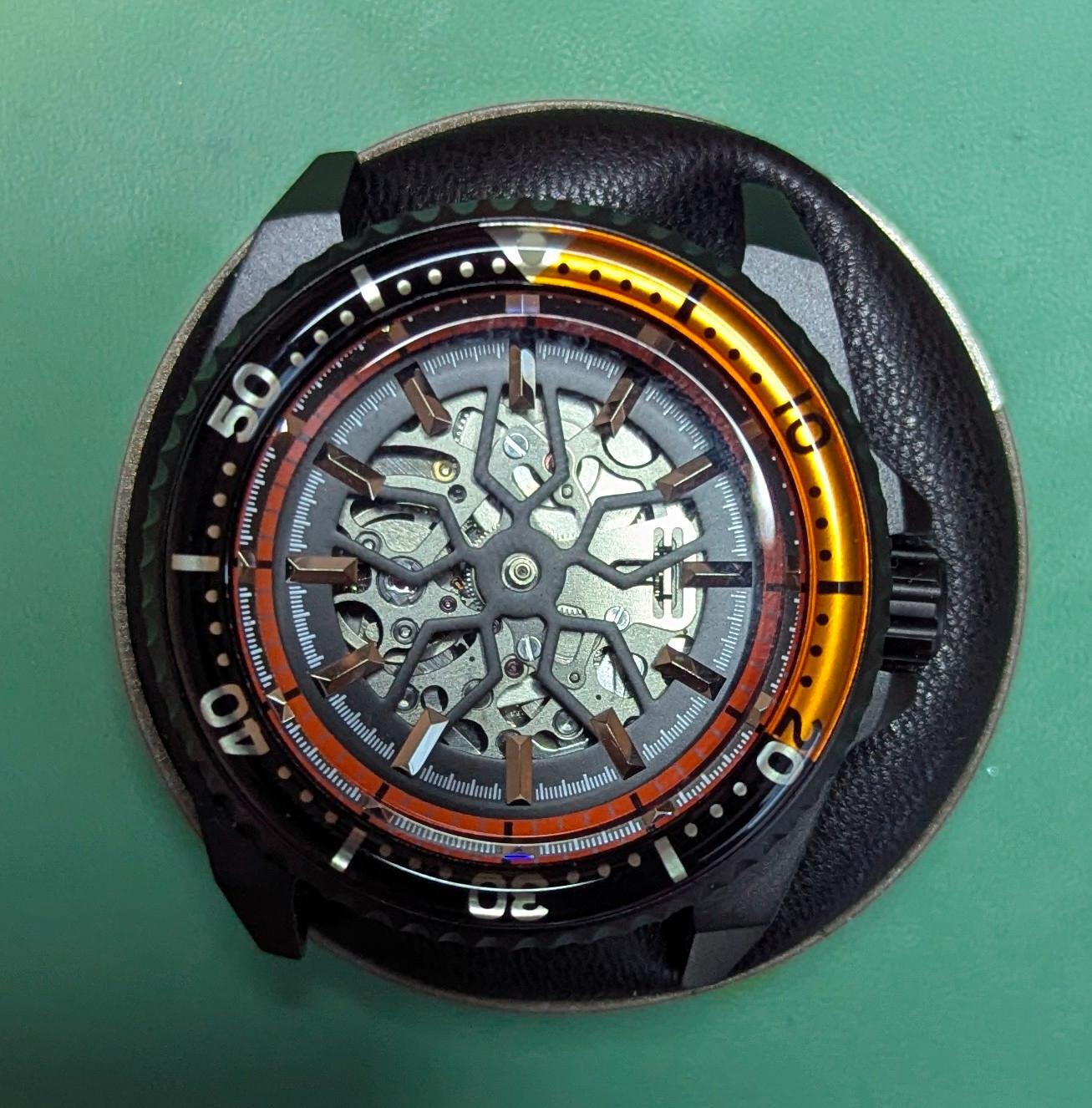How to inspect oils
-
Recently Browsing
- No registered users viewing this page.
-
Topics
-
Posts
-
By Michalzeszen · Posted
Unfortunately, I couldn't source the correct part from the old folks. I did find this: https://lobtime.com/shop/ols/products/screw-down-crown-kit-set-of-5-for-titus-calypsomatic-diver-watch-technos-skydiver-fayt It is much more than I should pay for a set, but it is interesting to see that someone is producing it to keep up with a somewhat rare demand. -
…gave my mom one if those for mothers day a few years ago. Loves it- can see what time it is 🤣
-
By Embezelled · Posted
Just to add, I'm not intending to rush at them all at once, of course. I stockpiled a few as I don't know how easily I can find those models at those prices here (Japan). I'm sure that now I have several projects' worth, for who knows how many months, I can be much more relaxed in the search for future projects.








Recommended Posts